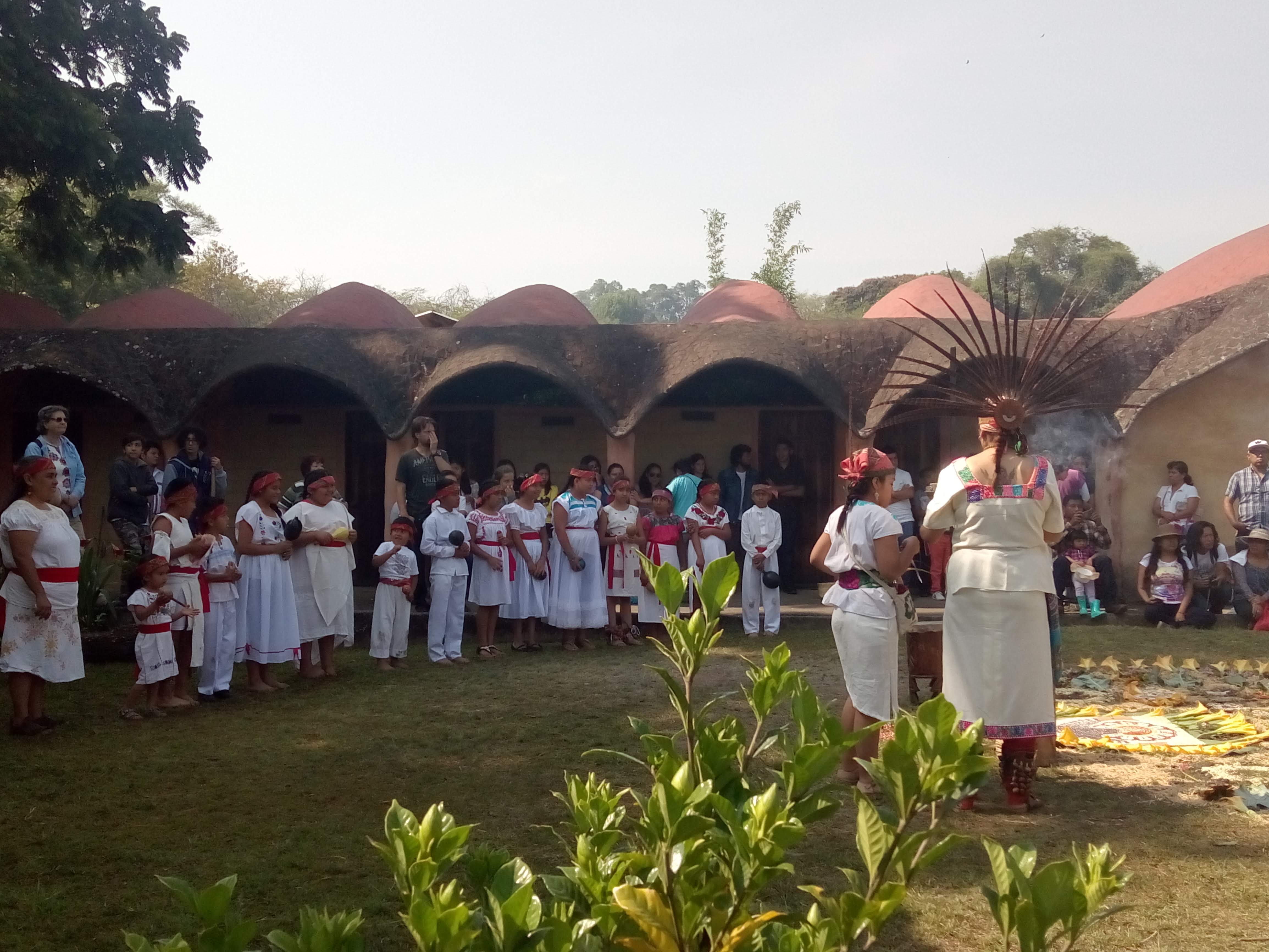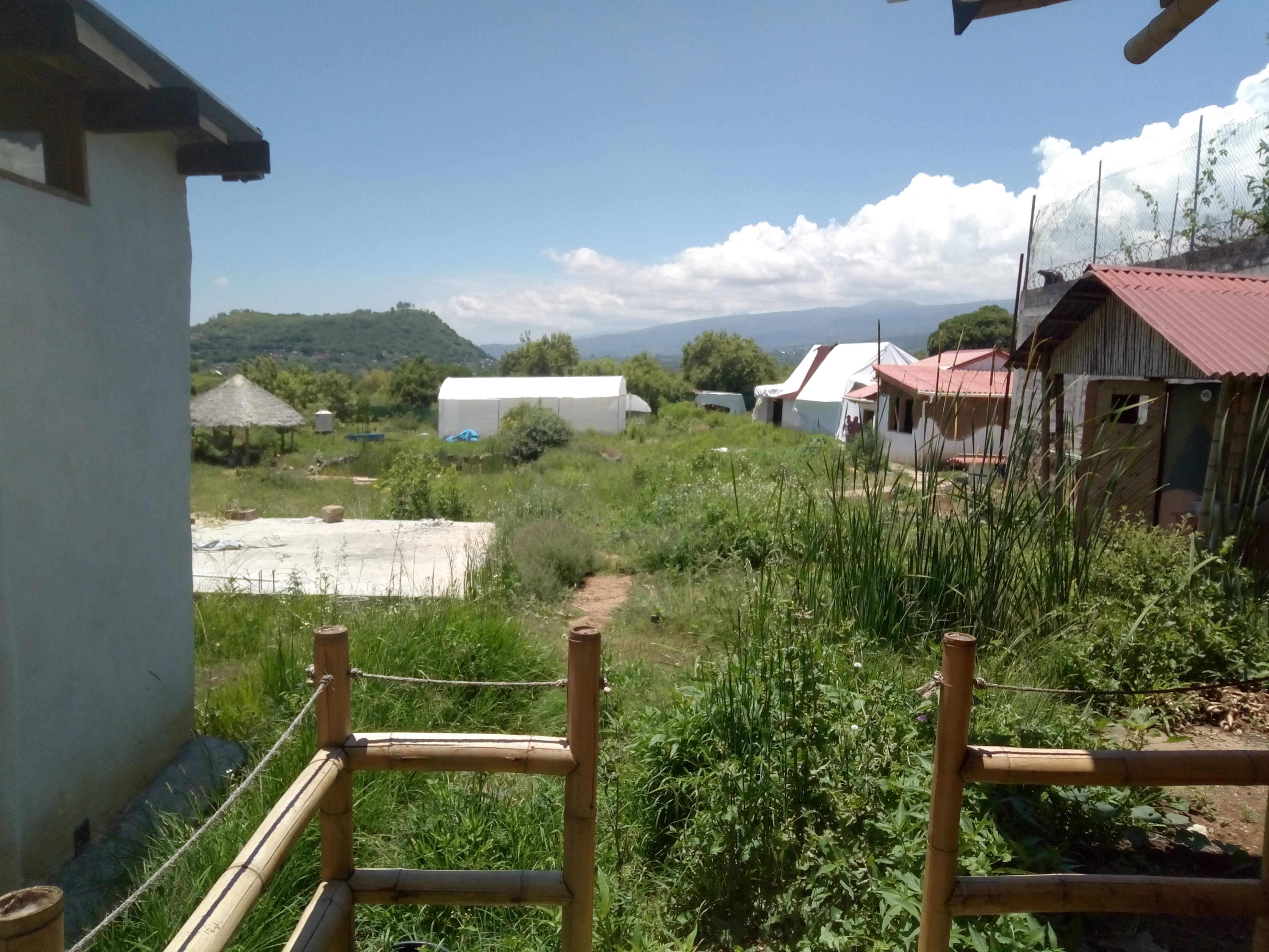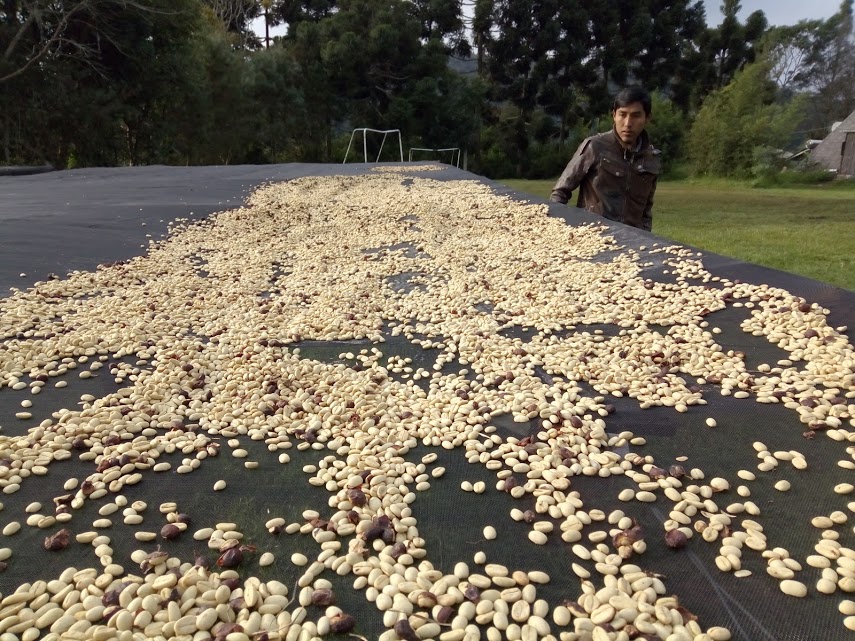During graduate school, I supported myself working part-time at a nationwide grocery store chain (well-known for its Hawaiian shirts and laid-back attitude). As staff, we received frequent bulletins about the myriad reasons a product might be out of stock – but this information didn’t translate easily to annoyed customers, who only saw bare shelves. “Where’s the frozen shrimp?,” a customer once asked me breathlessly, gesturing towards the empty freezer case. That morning, I had read that nearly all shrimp farming operations were affected by early mortality syndrome (EMS) – a disease caused by a bacterial outbreak, which in many cases decimated shrimp farming populations. We couldn’t have ordered more, even if we wanted to. How could I relay this information cheerfully – that the goings on of a shrimp farm in southeast Asia very much affected this air-conditioned grocery aisle in southern California, much less to someone that was accustomed to being able to buy whatever they wanted (as long as they had enough money)? “I’ll check in the back,” I said.
Moments of crisis expose the fault lines of privilege and food security in unsettling, yet unavoidable, ways. Bits of news and anecdotes conspire to paint a wider picture of haves and have-nots, like a certain in medias res introduction to actor network theory (c.f. Latour 2005). Friends from my fieldwork sites in Mexico are sharing tips on Facebook about growing food from compost scraps, and cell phone videos of police badgering street vendors with no other options. My American grandmother, raised at the tail end of the Great Depression, sounds anxious on the phone. “Do you have everything you need?” I ask. “Yes, of course – it’s just depressing to see empty shelves, to not have a choice,” she says.
On the way to the pharmacy where I live in Germany, I see my neighbors in the park, six feet apart, gathering the wild garlic that’s emerging. A news alert on my phone tells me the seasonal farm workers from Eastern Europe, on which the asparagus harvest hinges, are being flown in in controlled groups. The grocery store is out of frozen pizzas and canned tomatoes, but has a suspiciously full display of organic beets. There is a difference in knowing about these things – the constellation of privilege, labor, crops, and canned goods – and another to know it through experience.
Posthumanist theorists and multispecies scholars have argued for years that navigating the Anthropocene requires an attunement with the nonhuman or more than human – to understand our entanglements with other beings as more consequential than we often give them credit for. And that, in an odd and unexpected way, is exactly what has happened. On my midday walks, now cherished like never before, I find my attention turning to the abundance of edible plants on my walk – the nettles are coming out, dandelions are blooming. Are those clumps of green garlic mustard sprouts? Where were they before? Maybe this last time last spring, I was too busy running to catch my train, preparing for an upcoming meeting. It turns out the plants that grow back in the cracks of our “blasted landscapes” (c.f. Kirksey et al. 2013) – or rather, foodscapes – aren’t weeds, but edible greens ready to be foraged.Older men slow down when they reach the http://greyandgrey.com/third-department-decisions-5-29-15/ cheapest viagra age of 30 to 50.
Time will tell whether this signals the start of a broad cultural shift, or if these rifts in our everyday rhythms will seal themselves up the moment quarantine orders are lifted, and grocery store shelves are once again brimming with supplies. I’d wager, however, that our collective rediscovery of the interconnections between plants, people, soil, labor – the interconnections that sustain us – won’t fade so quickly.
Works Referenced
Ahmad, Aisha. “Adapting to Disaster, Episode One: Security”. The Professor Is In, April 2, 2020. http://theprofessorisin.com/2020/04/02/adapting-to-disaster-episode-one-security-a-guest-post/
Kirksey, S. Eben, Nicholas Shapiro, and Maria Brodine. “Hope in blasted landscapes.” Social Science Information 52, no. 2 (2013): 228-256.
Latour, Bruno. Reassembling the Social: An Introduction to Actor-Network-Theory. Oxford: Oxford University Press, 2005.


